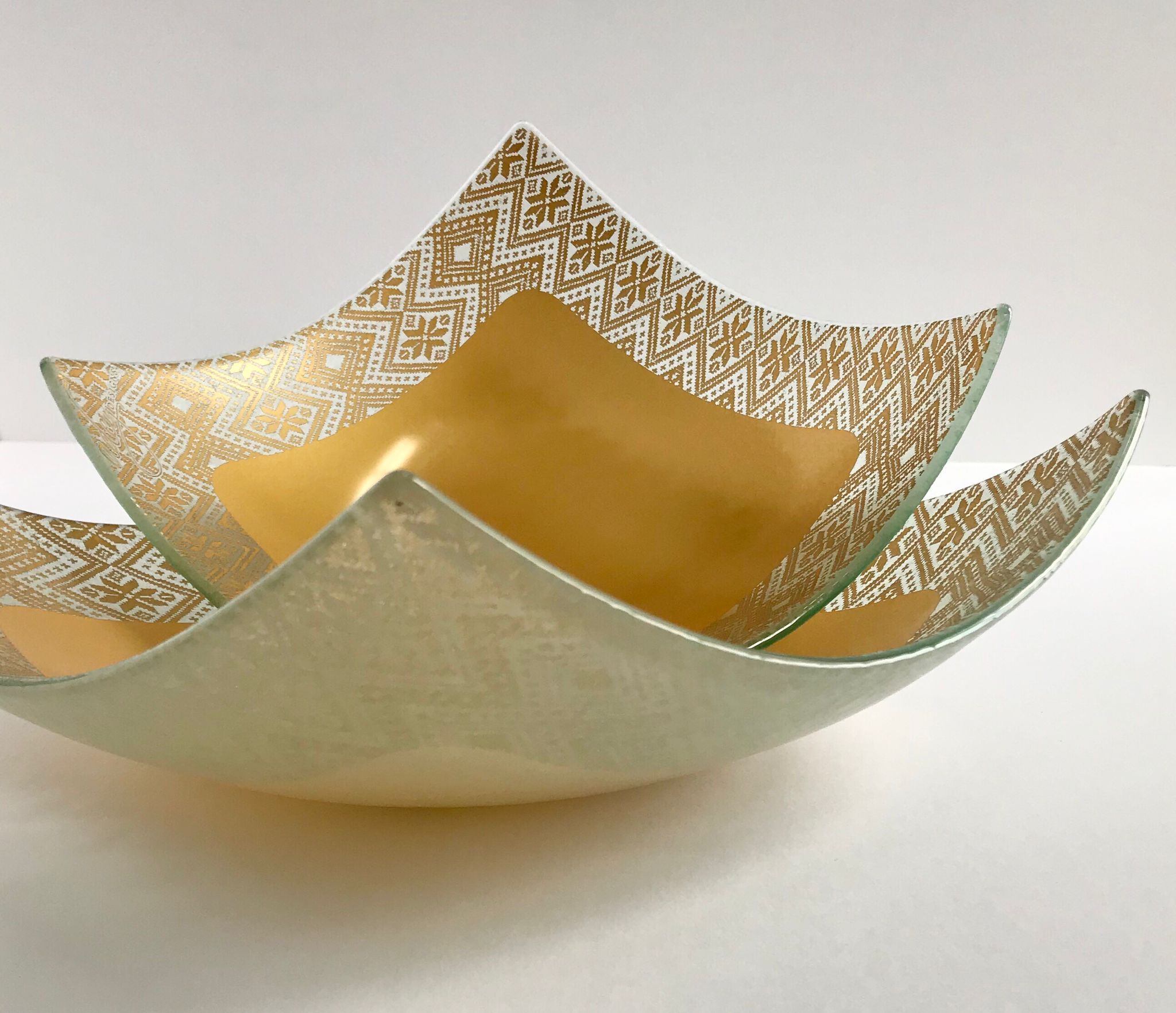Original Story Published by: Fred Nicolaus, www.businessofhome.com
Photo Source: Fred Nicolaus
(Above) Jomo Tariku
When we talk about race in the design industry, how do we talk about it? Mostly, in generalizations and the passive voice: “There is a lack of diversity.” “Black designers have been underrepresented.” “There is progress to be made.” And so on.
There are reasons for that. One is that speaking in generalizations enables the comforting delusion of universal blamelessness, as though racial inequity is something that just kind of happens, like rain or traffic—as opposed to being the direct result of action (or inaction) by specific people. Another is that, while most people will agree that there is a lack of diversity in the design industry, it’s an unwieldy, systemic problem. We use unspecific language to cover our bases.
“There is a lack of diversity.” Obviously true, but how much of a lack? That’s hard to say. Simply, it’s difficult to run the numbers, so most people don’t bother. Some do.
Jomo Tariku is an Ethiopian-born, Virginia-based furniture designer. His practice began in the early aughts, when he spent years developing pieces inspired by traditional African craft, run through the language of sleek, pared-down modernism. The work didn’t gain traction at first, and Tariku did what many creatives do: He got a day job. As a data scientist for the World Bank Group in Washington, D.C., he uses visualization tools to clearly present complex datasets, like comparisons of economic regulations in various countries or population growth on the African continent.
To read the full article, visit www.businessofhome.com.









